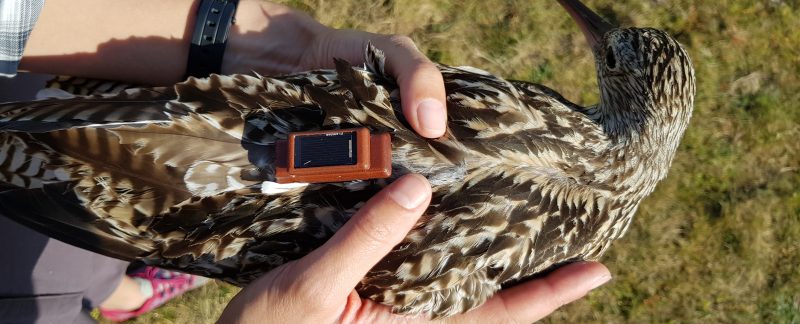Seasonal movements of Curlew and Bar-tailed Godwit within the Wash
Lead: Rob Pell
Paper published in Wader Study
Near Threatened Bar-tailed Godwit and Eurasian Curlew winter on The Wash in eastern England in internationally and nationally important numbers respectively. For both species there is an excess of males in the wintering population on The Wash with different sex ratios on other estuaries. In addition, Curlew, but not Bar-tailed Godwit, use inland areas to feed, with increasing numbers feeding inland through the winter as there are fewer prey on the intertidal and they become less available to the birds. Male Curlew are more likely to feed inland than females. Although The Wash is protected by various international and national designations and both species are listed features of the Wash Special Protection Area and Ramsar Site, land away from the shore is not protected, although we demonstrate here that it is functionally linked for Curlew. Should the opportunity for inland feeding be lost, this is likely to affect males (particularly shorter-billed males) disproportionately, which may have implications for the population as a whole (including birds wintering on other estuaries). We recommend consideration of an extension to the protected area to include the field feeding sites. Furthermore, the phenotypic-related distribution of both species across their wintering range reinforces the need for coordinated range-wide (international) protection to avoid any issues affecting one sex or the other disproportionately.
Paper:
Pell, R.J., Clark, J.A. & Robinson, R.A. (2024) Contrasting habitat use between and within Bar-tailed Godwit and Curlew wintering on the Wash. Wader Study 130, 225-233.

